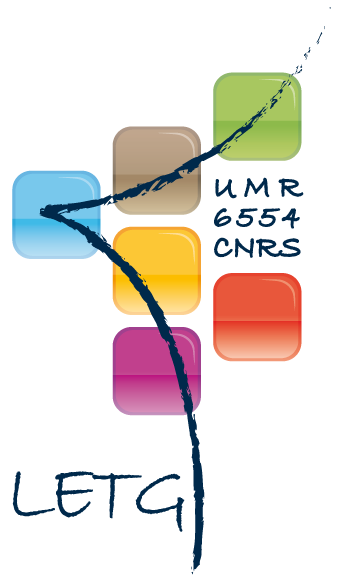Modelling 2D Coastal Flooding at Fine-scale Over Vulnerable Lowlands using Satellite-derived Topobathymetry, Hydrodynamic and Overflow Simulations
Résumé
Flooding simulation across shallow waters and lowlands has been successful for the diagnosis and prognosis of the submerged land areas during extreme sea water levels. However this method is traditionally implemented to linear transects (1D) of discretely-measured topobathymetry or medium-to-coarse-grained 2D modelling. This research aims at mapping the coastal flooding risk at very high spatial resolution (1 m) by simulating hazardous cyclonic waves on exposed lands and vulnerable buildings using a combination of satellite-derived topobathymetry, wave transformation and overflow modelling. Applied to the Rangiroa Atoll (French Polynesia), the topobathymetry mapping resulted from the merging of the topography derived from the Pleiades-1 stereo-photogrammetry (R2=0.84) and bathymetry retrieved from the Pleiades-1 radiative transfer modelling (R2=0.71). Associated with the exposure index, the wave simulation of the 1983-cyclone Orama-Nisha produced hazardous heights of 1.78 m before the swash area, what enabled the lowlands' submersion to be mapped. Focused on churches and houses' vulnerability, the standardized flooding risk has been mapped at 1 m, accurately informing the near-future planning for this atoll area.
| Origine | Fichiers produits par l'(les) auteur(s) |
|---|
